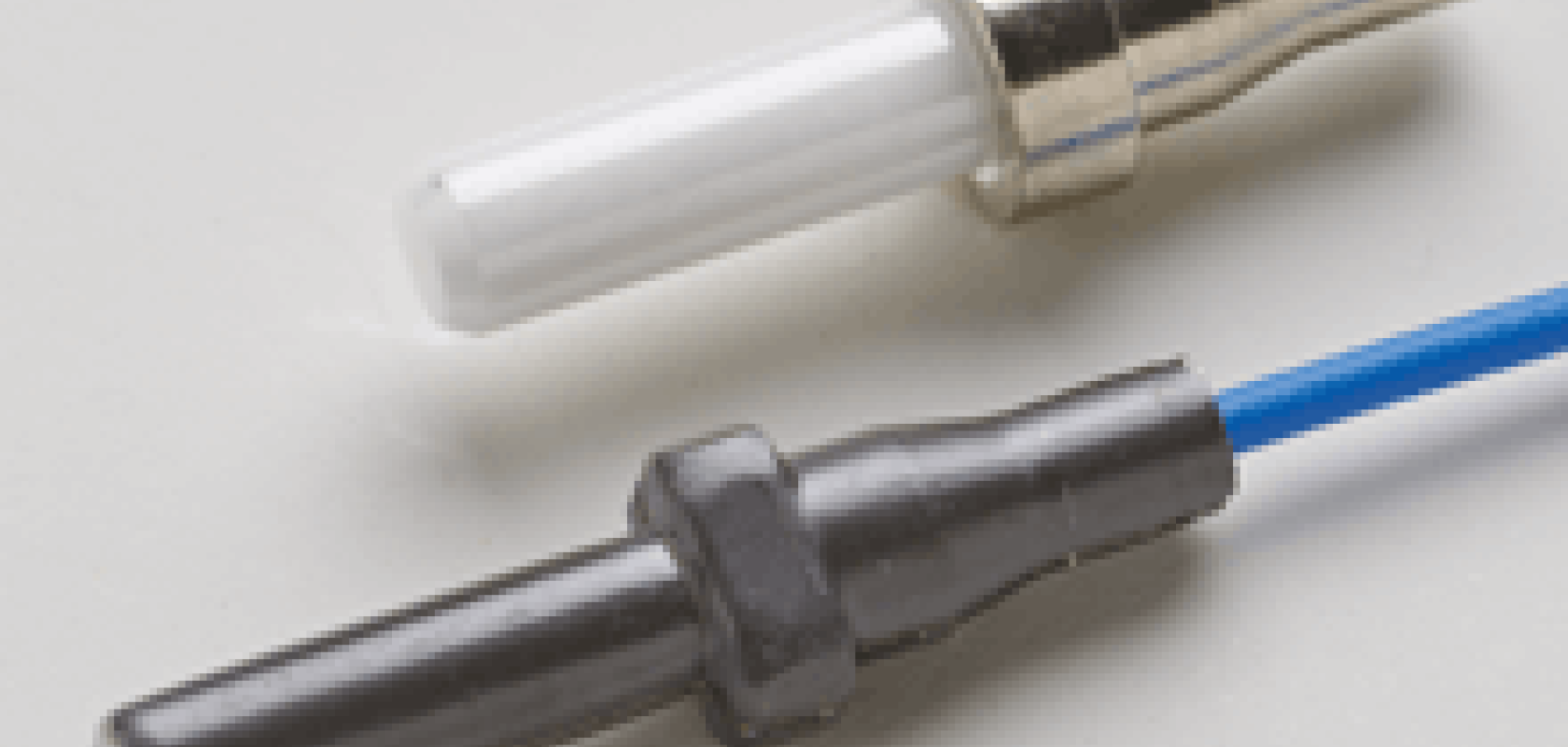The design of the optical connector hasn’t changed in more than 30 years, but now a company with expertise in precision metal stamping hopes to change that.
California-based nanoPrecision Products has redesigned the optical ferrule, the part that keeps the fibre in position inside an optical connector. Currently made from two ceramic pieces glued together with epoxy, the new design uses metal instead and is much easier to manufacture.
“The whole purpose of founding the company was to make fibre optics as easy as using copper wire,” declared Mike Barnoski, the founder and chief executive of the company.
Barnoski is an industry veteran – and second-ever winner of the OSA’s Tyndall Award in 1988 for his work on the optical time-domain reflectometer (OTDR). He came up with the basic concept for the fibre-optic connector in the 1970s while working at Hughes Aircraft company, and the design hasn’t changed since.
A fibre-optic connector is essentially two round cylinders with a hole drilled down the middle to hold the optical fibre, he explains. If the diameter of the cylinder is concentric with the fibre glued in the centre hole, then holding the two cylinders together in a spring clip also brings the fibres into alignment.
Now it’s time for a change, says Barnoski.
In the new design, the ferrule and holder are integrated, with two halves stamped out of titanium and then laser welded together. Metal stamping is an extremely efficient manufacturing process – up to 600 pieces can be produced per minute – while eliminating epoxy simplifies the assembly process and improves thermal reliability.
The parts are made from titanium because this has an almost identical coefficient of thermal expansion as ceramic, which means it will behave the same way as the temperature changes.
The new design is based on the same principles as existing connectors, so it is backwards compatible with traditional connectors of the same style.
Metal stamping has an accuracy of a few hundred nanometres so the technique is suitable for making both singlemode and multimode fibre-optic connectors, the company claims.
US operator Verizon has validated the design of Barnoski’s epoxy-less metal ‘Ferrolder’ – the trademarked name for the combined ferrule and holder. Last year at OFC, the companies presented environmental testing results for the new connectors, performed by independent test and qualification laboratory Experior, which showed that the metal-stamped version had equivalent or better performance than existing ceramic-based connectors (see https://doi.org/10.1364/OFC.2016.W2A.1).
“Verizon came to us once they heard what we were doing,” Barnoski said.
Though Verizon’s backing is important, the vital next step is for cable assembly companies to start designing the ferrolder into their products, which can then be sold to operators and other end users.
Over the past year, nanoPrecision Products has qualified its production lines working at speed. The pilot line is now cranking out 120 parts per minute, giving it a capability of 50 million units annually, the company claims.
The potential market is huge with around a billion fibre-optic connectors shipped last year, according to Barnoski.
At OFC 2017 last month, nanoPrecision Products formally launched the Ferrolder. It also announced what it calls the ‘Football Ferrule’, a multi-fibre ferrule designed to hold 4 or 12 singlemode or multimode fibres that fits into the LC connector form factor.
These products will be available for delivery in the first half of 2017.


